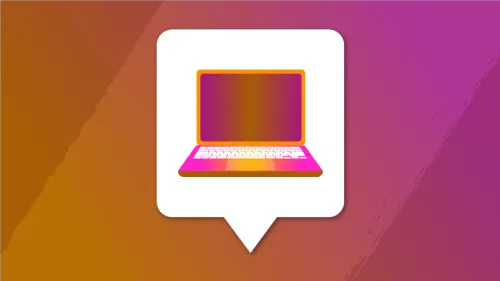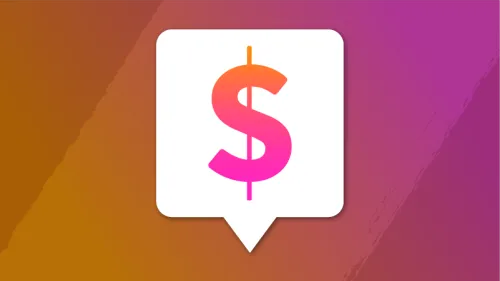Online child sexual exploitation and abuse (CSEA) is a horrific crime that targets some of the most vulnerable people in our communities — our children and teens. It includes a broad range of criminal acts that involve exploiting minors for sexual gratification or some other personal or financial gain.

Online CSEA can take many forms. Predators may be a family member or family friend, someone the child knows in person or online or a complete stranger. They work to earn a child’s trust (and sometimes the parent or caregiver’s trust, as well) to develop a relationship where a child feels comfortable doing things they wouldn’t ordinarily do, such as sharing explicit images or videos of themselves. These images don’t always immediately include nudity or sexual acts; sometimes they feature a child or teen in various stages of undress, and later may progress into more revealing clothing, nudity or other sexual content. This process can happen quickly, as a single interaction, or over time.
Sometimes, children and teens self-produce images or videos and share them with others. If predators get their hands on these images or videos, they can use them to exploit the child or teen.
After someone convinces a child or teen to send sexually explicit material, they usually do whatever it takes to get the child to send more. Sometimes they threaten to share the child’s original images or videos with their friends and family — or with the public — to coerce them into sending more images. They can also financially sextort the child by threatening to share the images unless paid immediately with money or gift cards. In other cases, these people convince their victims that they’re in an intimate relationship together; then, they threaten to end the relationship or harm themselves to get the child or teen to send more sexually explicit material. Online predators may also encourage children or teens to engage in self-harm as a means of control or for the predator’s sexual gratification.
Cellphones, tablets and all connected devices give online predators access to an endless supply of potential victims, from the smallest rural areas to the largest cities. In a brief moment, photos or videos can be shared around the world.
However, there is still hope. Please visit the Take Action page to learn ways to help prevent this crime.

In the last decade, CSEA has increased exponentially and has become a global epidemic. In 2023, the National Center for Missing and Exploited Children received 36 million reports of child sexual abuse material online, a drastic increase from 2014, when it received 1 million reports.
These numbers are just the tip of the iceberg. There is no way to accurately account for the breadth of what is not reported or what people can find on the dark web.
The lack of understanding of online CSEA and increased technology use among children and teens creates space for these crimes to flourish. For too long, our communities have been left on their own when it comes to understanding the online dangers that exist and how to prevent them.
The Department of Homeland Security is working to help people understand these online dangers — and how to counter the threats children face — through efforts like the Know2Protect campaign. To learn more about our efforts in this fight, please visit the About Us page.
Homeland Security Investigations is the Department of Homeland Security’s principal investigative arm. HSI focuses on protecting the public from crimes of victimization — including child exploitation. Every day, HSI uses its vast authorities, international footprint and strong government and nongovernment partnerships to:
- Investigate online CSEA domestically and internationally
- Identify and rescue child victims
- Identify and apprehend offenders who commit child sex offenses
- Prevent transnational child sexual abuse
- Help make the internet a safer place for children
Investigating Child Exploitation
HSI personnel around the world work tirelessly to investigate predators who are involved in the production, distribution and possession of child sexual abuse material or travel internationally to engage in illicit sexual conduct with minors.
During fiscal year 2024, HSI:
- Identified and/or recovered 1,783 children who were victims of online CSEA
- Initiated 6,939 child exploitation investigations to help find and prosecute perpetrators
- Made 4,959 criminal arrests of individuals involved in perpetrating online CSEA
- Secured 2,816 indictments to prosecute those who engaged in online CSEA-related crimes
To conduct these investigations, HSI uses the latest technology to collect evidence and track down people and organized groups who sexually exploit children using the dark web, chat rooms, peer-to-peer trading, social media and other internet-based platforms. The HSI Child Exploitation Investigations Unit — part of the DHS Cyber Crimes Center — supports this mission by:
- Coordinating major investigations, often in partnership with state and local law enforcement
- Conducting operations to identify and recover child victims and identify and apprehend offenders
- Training HSI personnel and state, local, federal and international law enforcement partners to better understand the threat and work to prevent it
Special agents rely on the HSI Victim Assistance Program to put victims’ needs and rights at the forefront of every investigation. Professionals from the Victim Assistance Program assess victims’ needs; inform victims of their rights; refer victims to medical, social and counseling services; and coordinate resources from community-based organizations and programs.
Learn more about HSI’s investigative purview.




